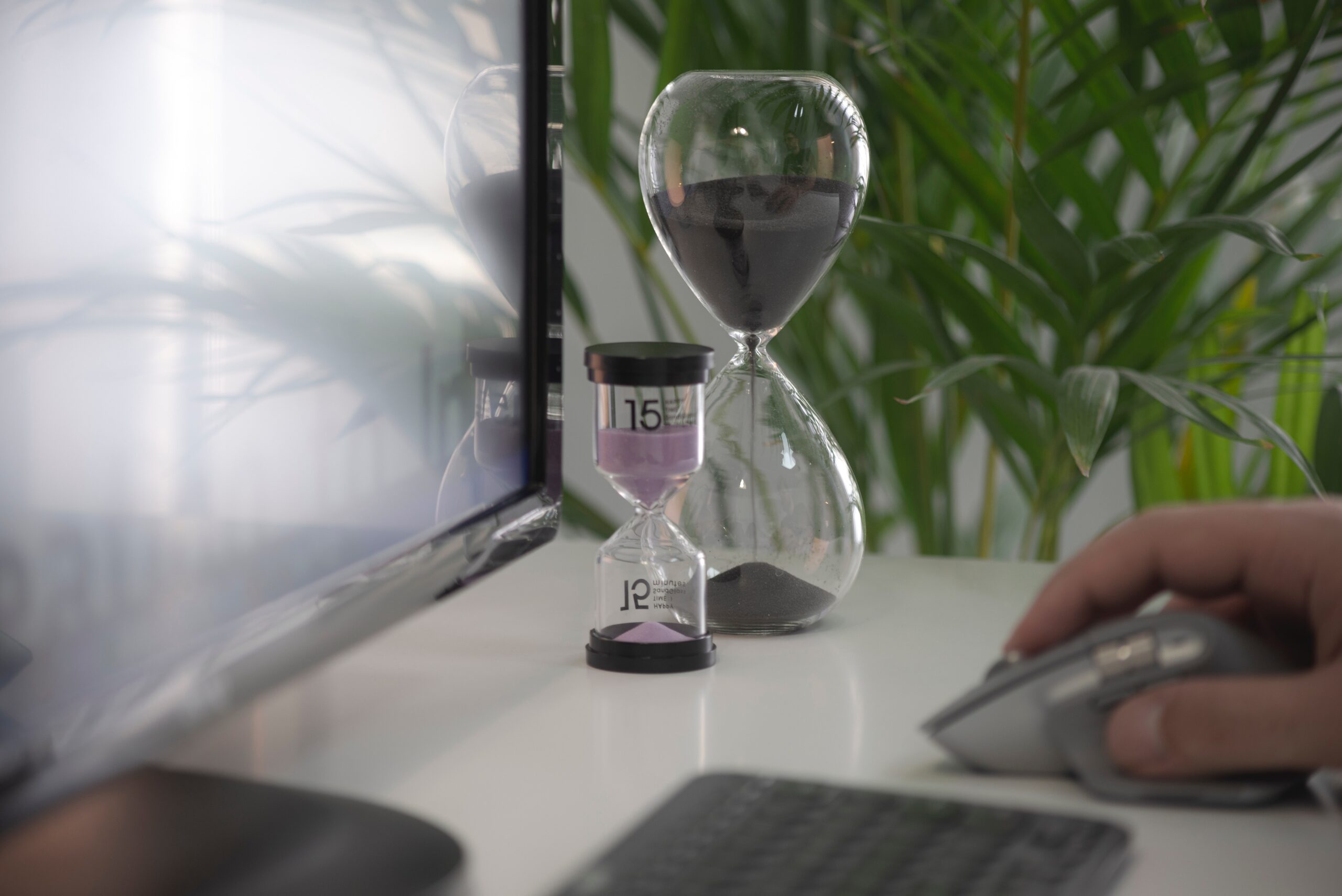How much focus can you give when you are working? Aren’t you easily distracted by your internet? If not, well you deserve applause.
As a human, we easily tend to lose our focus especially when we are in the middle of doing certain tasks. Sometimes, you can’t help but look out the windows or just scroll on your gadgets. Focusing on our task is very challenging, especially when you have to deal with external and internal distractions. It is a common problem of students or employees that they have had trouble overcoming.
However, there are several ways to improve your concentration. One of the ways to boost your focus is the Pomodoro Technique. This technique is a popular time management method that is effective in boosting your focus.
So, what is Pomodoro Technique, and where was it started?
In the late 1980s, a university student Francesco Cirillo developed the Pomodoro Technique. At that time, Cirillo was also having the struggle to focus on his studies and finishing his school work. He was overwhelmed with the amount of work so he decided to allot just 10 minutes of focus as his study time. At that time, he used a tomato-shaped ( in Italian the tomato is called Pomodoro) kitchen as his timer and that’s how Pomodoro Technique was created.
Today, the Pomodoro technique has become a well-known time management system that encourages people to work with the time they have—rather than against it. The methodology in this technique is quite simple compared to others.
How does Pomodoro Technique work?
These are the five steps that you need to do:
1. Get a to-do list and a timer.
2. Set your timer for 25 minutes, and focus on a single task until the timer rings.
3. When your session ends, mark off one Pomodoro (intervals) and record what you completed.
4. Then enjoy a five-minute break.
5. After four Pomodoros, take a longer, more restorative 15-30 minute break.

For instance, if you encounter a huge amount of workloads, it can be overwhelming if you don’t use any strategy to complete the task. Using this method, you can divide the work into small ones and allow a short period of time to finish it, and take an interval in between. In this way, it helps your brain to focus on a specific task for a short span of time.
This technique will be your guide to finishing your task before the deadlines. It can even help you improve your attention span and concentration over time.
Take note that Pomodoro is an indivisible unit of work. It means if distractions occur such as emergency meetings, co-workers, or other external factors then you don’t have a choice but end your Pomodoro. If that happens you just have to save your work and start a new one later or you have no other choice but to avoid the distraction and wait for your Pomodoro to be finished. If you can do the latter, Cirillo suggests the “inform, negotiate and call back” strategy:
- Inform the other (distracting) party that you’re working on something right now.
- Negotiate a time when you can get back to them about the distracting issue in a timely manner.
- Schedule that follow-up immediately.
- Call back the other party when your Pomodoro is complete and you’re ready to tackle their issue.
If you are easily distracted then this technique might work on you and understand how it works. It is suitable for a wide variety of tasks, including writing, coding, design, and research. The technique is also useful if you have a lot of repetitive work to complete.
Is the Pomodoro technique effective?
In an article published by Forbes that was written by Bryan Collins, he shared his experience about using this technique.
Bryan wrote, “I’ve found the Pomodoro Technique works best early in the morning when I’m fresh and want to focus. When I start a 25-minute Pomodoro session, I know I can’t check email, social media, or the news. It’s kind of like brain training. Obviously, your work style will vary”.

Also, he added, “Sometimes, I go hardcore and disable my internet access during a Pomodoro session. As I have a Mac, I use the app Be Focused Pro. I also use the apps Freedom and RescueTime to disable my internet access and track my blocks of focused work. Sometimes, I wear noise-canceling headphones and listen to ambient music on repeat during a session. That said, fancy apps and equipment are an extra step. All you need is a timer, pen, and notepad for tracking sessions.”
So, here are some ways to increase your productivity or to make sure that Pomodoro will be effective:
1. Making it easy to just get started
2. Combating distractions
3. Becoming more aware of where your time goes
4. Gamifying your productivity
Quick tips for Pomodoro-ing
The heart of the Pomodoro is the 25 minutes work hours and 5 minutes intervals. So, here’s the list of things that you need to take note of in order to increase the effectiveness of your Pomodoros:
- Plan out your Pomodoros in advance
- Build overflow Pomodoros into your day
- Experiment with the length of your Pomodoros
- Get away from screens during breaks
- Use an app to enforce your Pomodoros
Distractions are everywhere. You can’t stop it yet don’t let this distraction be a hindrance to you.
This Pomodoro technique is a cool way to try to boost your productivity. Also, it can enhance your time-management skills and avoid procrastination. With this technique, you can do jobs and responsibilities accordingly.
This technique is simple yet effective because it will not pressure you to do things at one time. You will be allowed to take a break in between which is important in doing our work. These intervals will help you to recharge and relax while finishing your work.
Increasing your focus is never easy but if you have discipline within you, nothing is impossible. You just have to know your goals in order to achieve it.
Workloads and tasks can be too overwhelming. But, always remember that it’s okay to rest. Recharge yourself and just continue the work later.


















